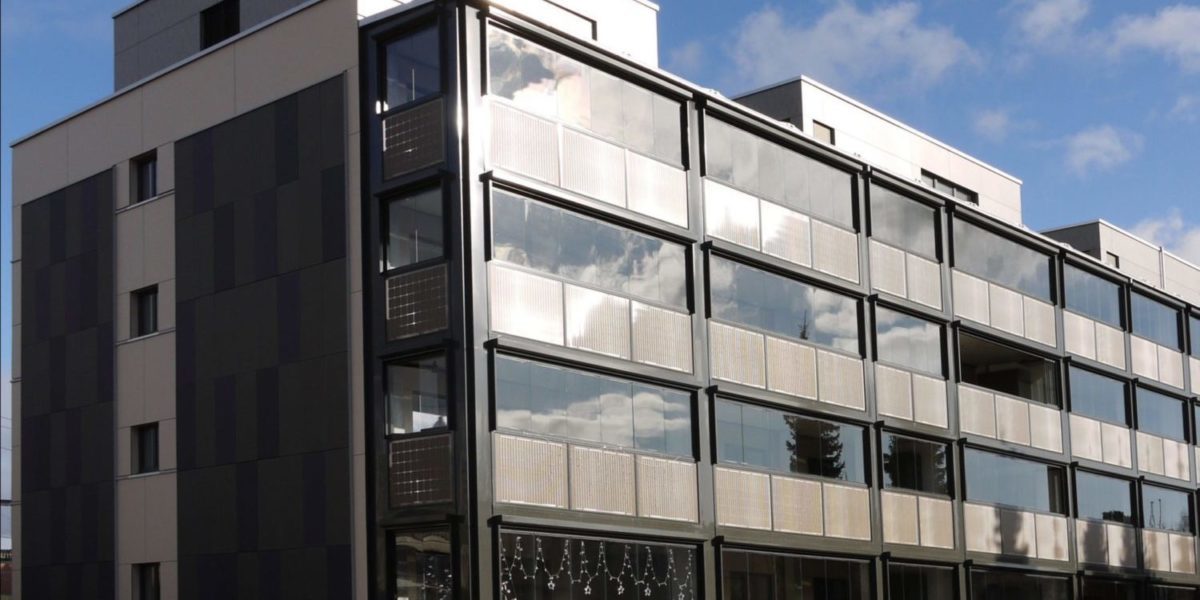Like a surveillance camera, Hubble has monitored the often-turbulent weather on most of the planets in our solar system. Unlike distant stars and galaxies, our neighbors routinely undergo noticeable changes in their appearance in weeks or months. These weather observations yield valuable insights into Earth’s own atmospheric dynamics.
The opening chapter in our civilization's initial reconnaissance of the solar system, beyond the Earth-Moon system, began in November 1965 when the Soviet Union launched the probe Vernera 3 to Venus. Since then the United States and the Soviets launched many dozens of probes that visited every major planet, culminating with the Voyager 2 flyby of Neptune in 1989, a year before the launch of the Hubble telescope.
Many things are taking place:
Characterizing Planets Around Other Stars
The Hubble Space Telescope has been at the forefront of exploring planets around other stars. Hubble’s sharpness and broad wavelength coverage allowed astronomers for the first time to probe the atmospheres of these worlds, including their chemical composition and weather systems. These groundbreaking techniques server as proof-of-concept for future telescopes to assess extrasolar planets for their potential habitability.
As Hubble was being built, there was no evidence for the existence of planets around other stars. In the absence of any observational evidence, the idea was treated skeptically by some astronomers. However, science fiction stories in movies and television made planets around other stars seem commonplace in such films as Forbidden Planet and the Star Trek television series.
Next stop, Enceladus? Scientists make their case for a mission to Saturn's icy moon | Space

Enceladus is a tiny, icy world that scientists best know from NASA's Cassini mission to the Saturn system, which ended in 2017. During Cassini's tenure, the spacecraft determined that the moon has an ocean hidden below its icy crust. The probe also found that Enceladus spit plumes containing material from this ocean out into space. These plumes are the primary reason why scientists want a dedicated spacecraft to visit the world.
* * *
Specifically, Hendrix argued that Enceladus should be a target for the next round of the same mission size that includes the new Dragonfly mission to Titan , as well as missions like the OSIRIS-REx asteroid mission, the Juno mission to Jupiter and the New Horizons mission to Pluto and the Kuiper Belt.
Gold-colored PV panels for balcony solar systems – pv magazine USA

German manufacturer a2-solar has supplied 240 solar panels for the renovation of an old building in Bern, Switzerland. The modules, which are being integrated into 96 balconies, feature different transparency options and color variations.
* * *
Over the past few months, Swiss Renova has been renovating a multifamily structure dating back to 1963, in line with the passive housing standard. The Swiss construction company paid particular attention to sustainability and energy efficiency, with Balco Balkonkonstruktionen integrating 240 special solar modules into the building's 96 balconies.
Quite a lot has been going on:
Here’s how you can explore Mars, Jupiter or even leave the solar system | BusinessInsider

On the tour you can see the Dale Reed Flight Research Laboratory, X-57 flight simulator, the AFRC engine shop, the Dryden Aeronautical Range room and, finally, the center's aircraft ramp.
Essentially, it's a walk through of what it would be like to be an astronaut — before you actually take off from Earth. Everything from how a mission in space would be monitored on Earth, the gear needed before take-off and the subsequent launch.
The next stop on your journey to being an astronaut is getting on board an actual spacecraft— and the SOFIA Boeing 747P 's virtual tour lets you do just that.

No comments:
Post a Comment